Daniel Kahneman says – the human brain tends to be very lazy by default. At any point when it needs to make a decision or use any product for 1st time, it’s more likely to rely on what it already knows or past experience, than attempt to learn new information. It creates the “Mental model” – abstract, inner representation that people have regarding things from the external world.
What are mental models?
People are imaginative & creative, constructive, filled with common sense. People create mental models of themselves, others, the environment, and the things with which they interact. These models are formed through experience, training, and instruction. These models serve as guides to help achieve their goals and in understanding the world.
Mental models are the frameworks for users to make decisions.
It includes their basic ideas & beliefs of what something is or how it is supposed to work. It doesn’t have to be complete or even accurate as long as it is useful. Simplified mental models are valuable only as long as the assumptions that support them hold true.
Value of Mental Models to Product Developers/Designers
New technologies are popping up every day that tantalize us with the promise of greater ease, comfort, and convenience in our daily lives. But what makes one product succeed while others fail?
Successful products are a) Understandable, b) Usable, c) Enjoyable.
In The Design of Everyday Things, Don Norman wrote that irrespective of how designers envision their products (i.e. the designers’ conceptual models), end-users will always project their own mental models rooted from individual biases and worldviews onto their experiences of products.
Hence, one of usability’s big challenges is the gap between the designers’ and users’ mental models. To make products understandable and usable, product designers identify users’ mental models and apply these into the design framework, in order to build on top of the users’ existing expectations and beliefs. Mental models help product designers in the following 2 ways:
- To make decisions about the changes to make to a product, often based on incomplete information.
- To communicate decisions and outcomes to different users with different priorities
Good communication is the key to good conceptual models. But to build good conceptual models, let’s understand how users build their mental models i.e. how people use new things.
How people use new things: Execution vs Evaluation
When people use something, they face two gulfs:
- Gulf on execution – where they try to figure out how it operates & what can people do.
- Gulf of evaluation – where they try to figure out what happened & is this desired outcome.
The product designer’s role is to help people bridge two gulfs. How can a product designer bridge the two gulfs? Let’s understand the different stages of action i.e. executing the action and evaluating the results.
7 stages of Action (doing and interpreting)
Suppose I’m sitting in my armchair, reading a book. It’s getting darker and light is getting dimmer. My current activity is reading, but the goal is starting to fail because of the decrease in light. This realization triggers a new goal – get more light. To do that, I have many choices – open curtains, sit in an illuminated area, or turn on a light. This is the planning stage, determining which of the many possible plans of action to follow. For any action to be performed, I have to specify how to do it. Eventually, I must execute (perform) i.e. do the action.
After performing the action, I need to perceive and interpret what happened based on the outcome of the action and try to make sense of it. And compare the results with the desired result as per my mental model.

So, 7 stages of action:
- Form the goal
- Plan the action
- Specify an action sequence
- Perform the action sequence
- Perceive the state of the world
- Interpret the perception
- Compare the outcome with the goal
As we see, a mental model is based on belief, not facts. It is a model of what users know, or rather think they know about how a system works. To build the conceptual model of the product, product developers/designers need to use the following approaches:
1) Execution stages: Use of Signifiers, Constraints, Mapping, Conceptual model (discussed in this story)
2) Evaluation stages: Use of Conceptual model, Feedback
How Product Developers/Designer build Conceptual Models
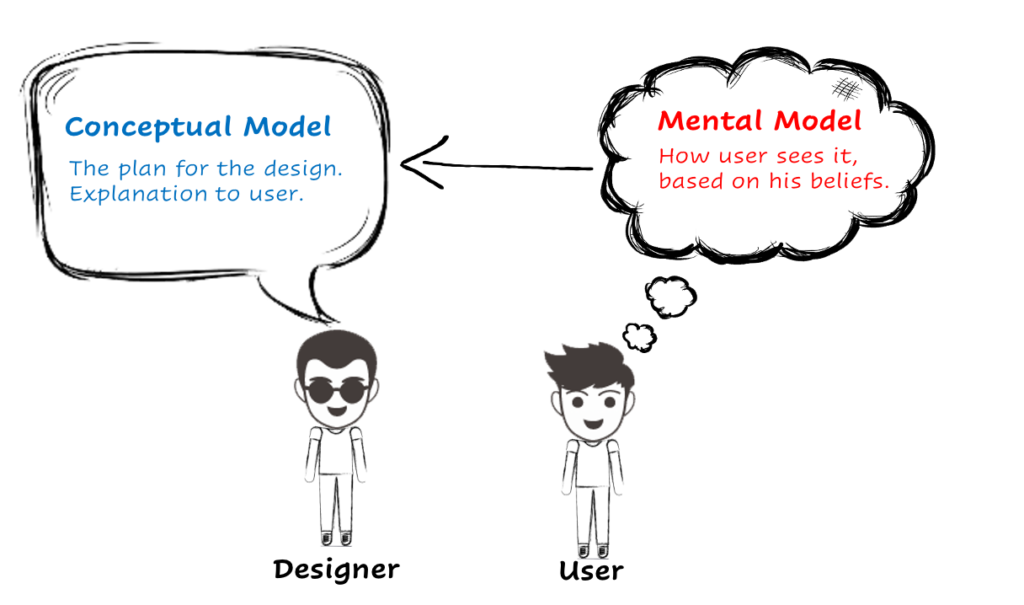
Conceptual model is an explanation, usually highly simplified, of how something works.
Mental models are frameworks for making decisions. Users have lots of mental models for navigating the world—they determine how they make sense of things and how they make decisions. But when you’re building a product, you need to carefully select users’ mental models to make sure you’re incorporating the most important factors into your decisions, and build the conceptual model.
Communicate Conceptual Model to users
a) If you’re introducing a new concept and new ways of interaction, use tutorials, instruction materials, demos at user interfaces.
b) If you’re changing the way an existing product works, you can slowly roll the changes out over time or alert users to the coming change and let them decide when to make the switch.
The latter strategy was utilized by Google when it changed the UI of Gmail. By alerting users to the upcoming change and giving them the option to update their Gmail immediately or wait until later, Google helped users mentally prepare. This also lets them adjust their mental model of the Gmail user experience when they were ready.
Feedback: Inherent part of Conceptual model
As users evaluate the outcome of their actions and compare it with the desired outcome as per their mental models, they need to be assured if the result of their actions is correct or not. The goal of feedback is to reassure the users that something has gone as they expected. Read more about feedback and feedforward in this story.
References:
“The Design of Everyday Things” by Don Norman
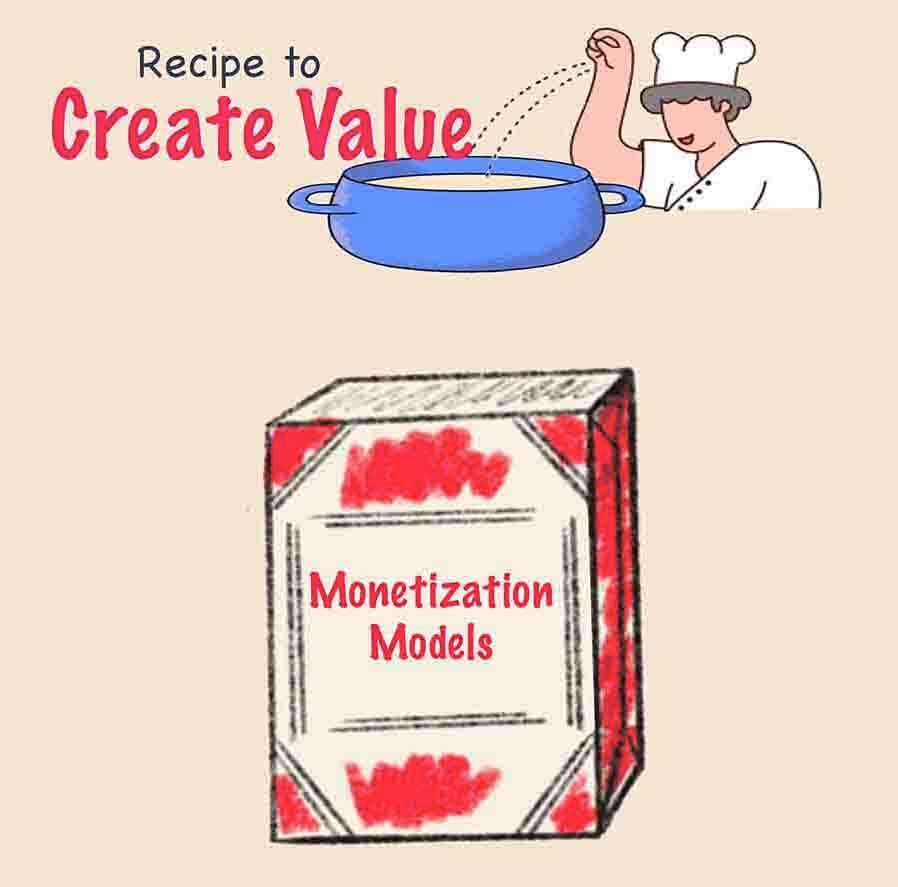
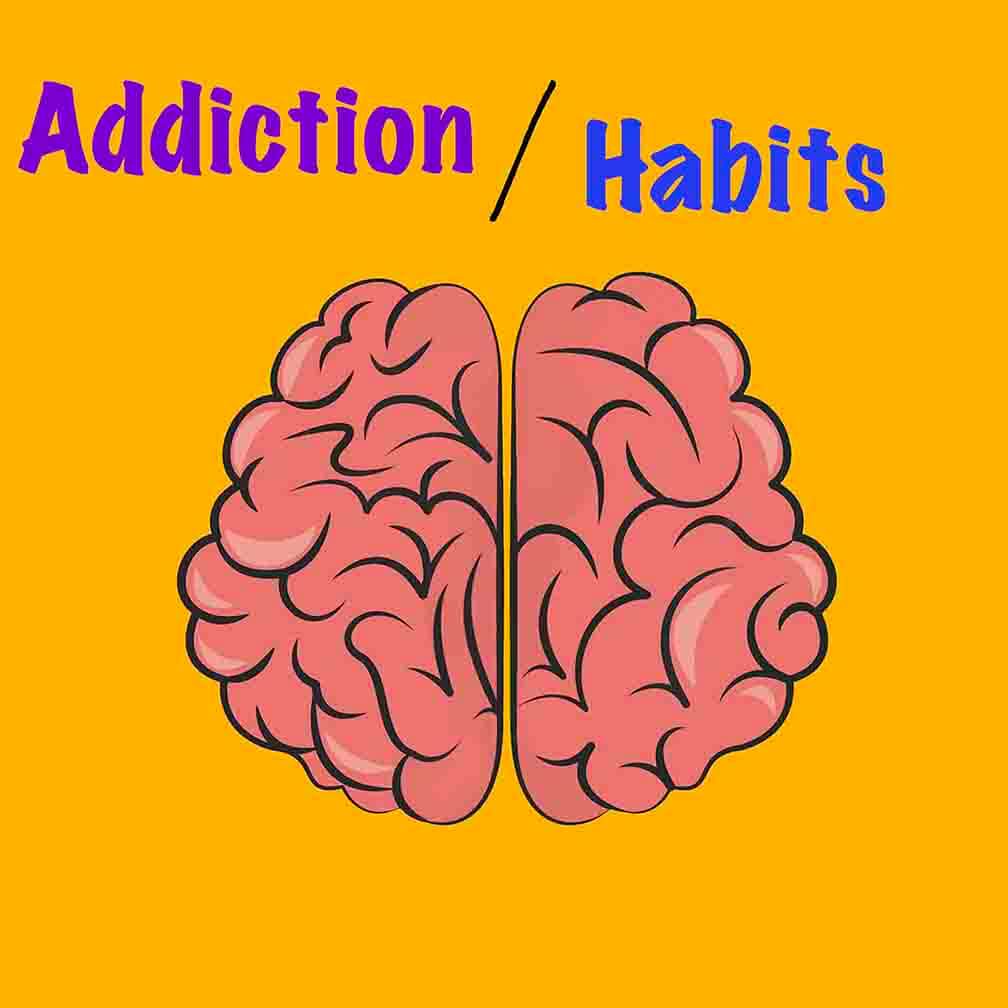
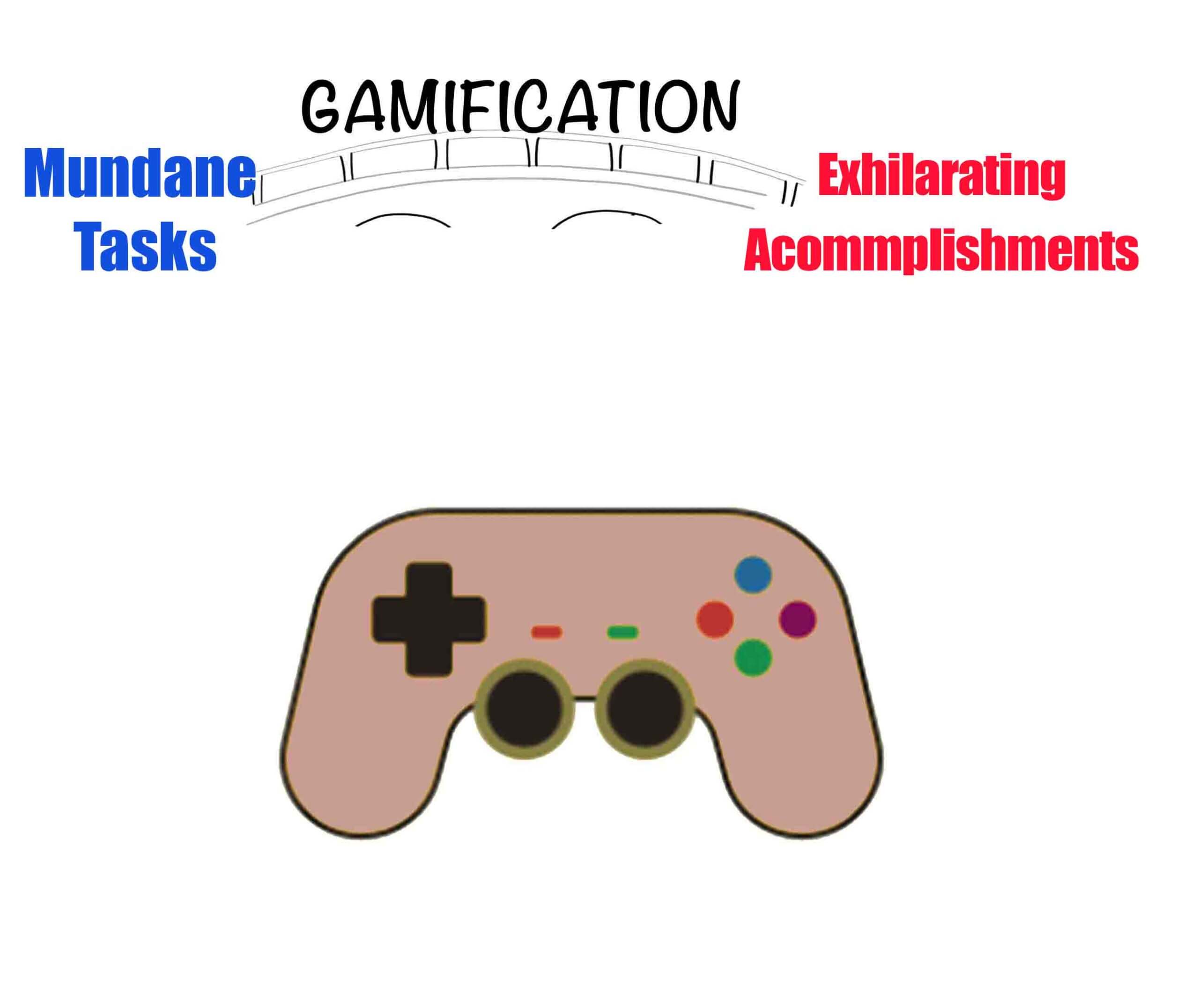
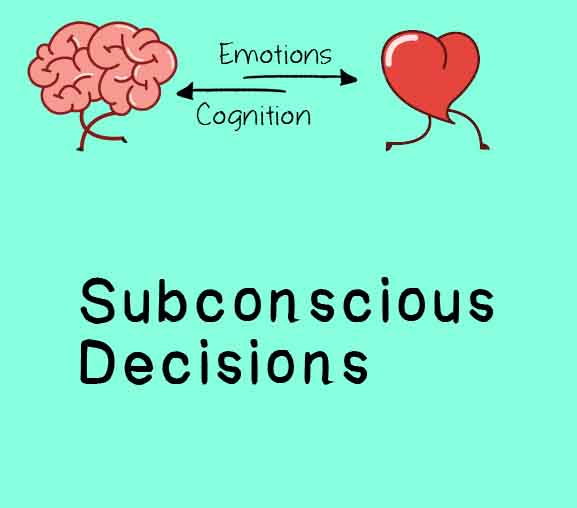
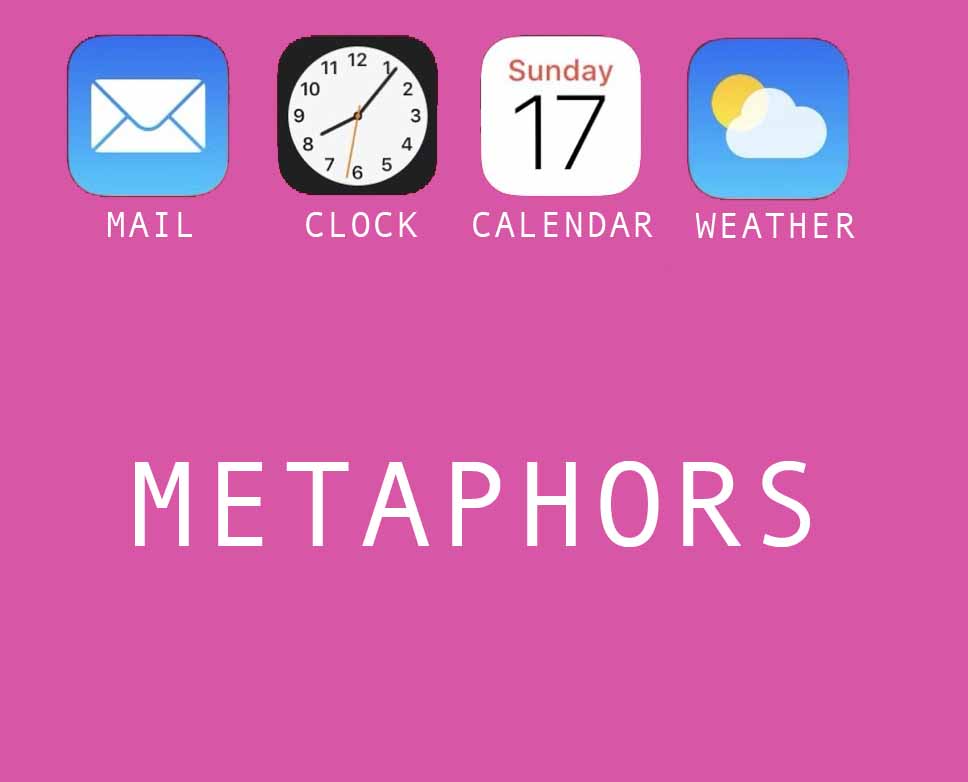
 Swipe for more stories
Swipe for more stories
Comments